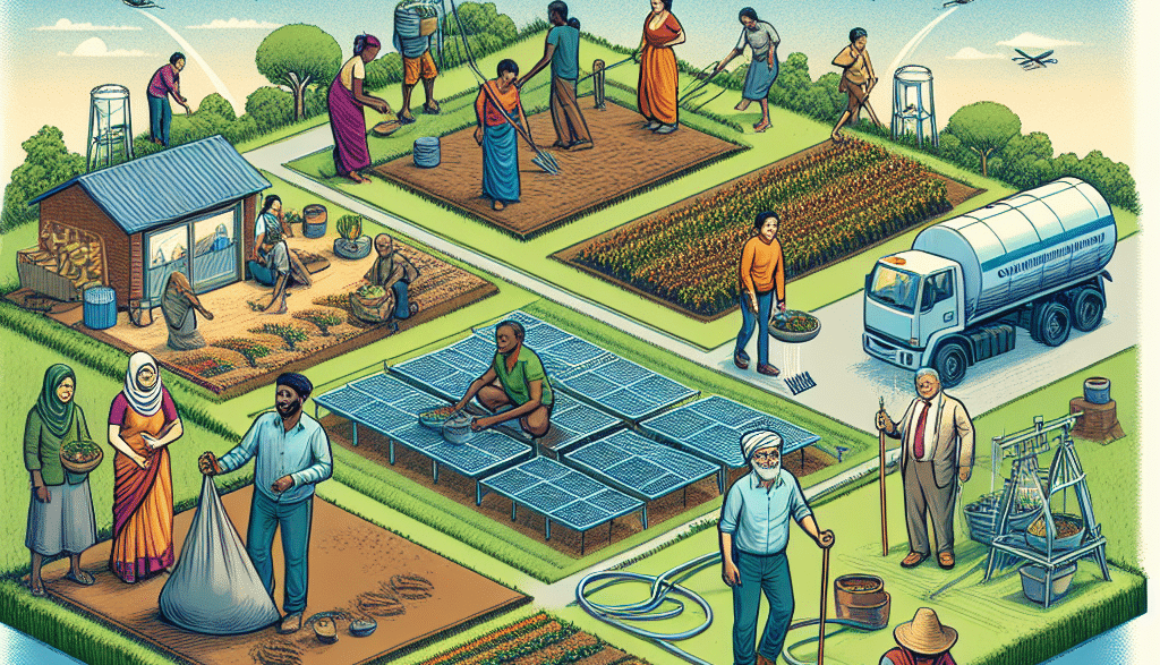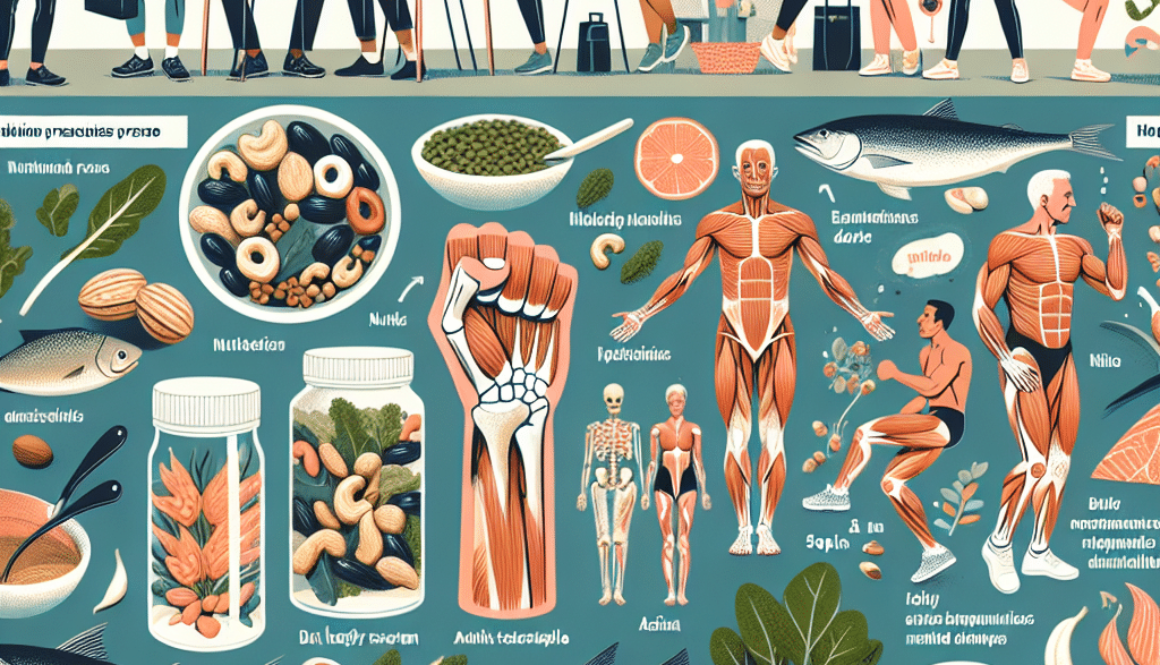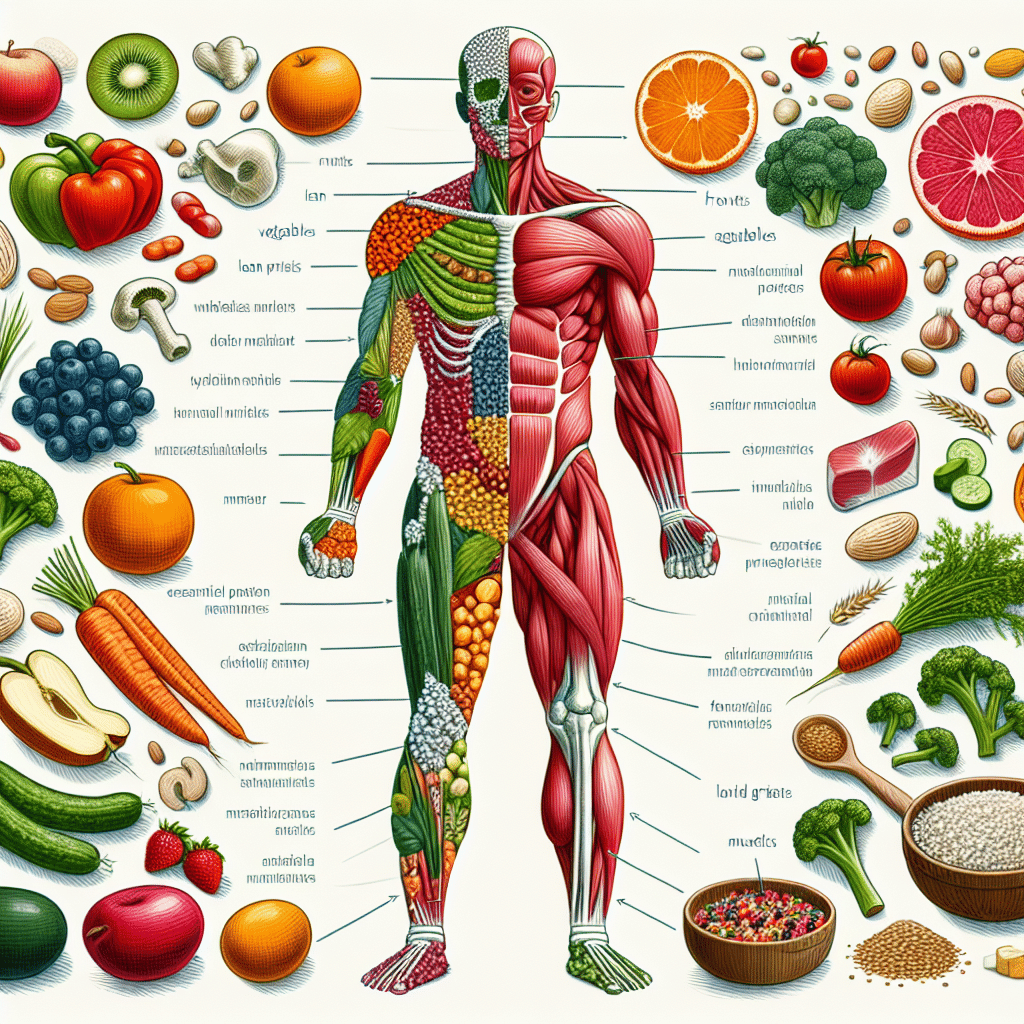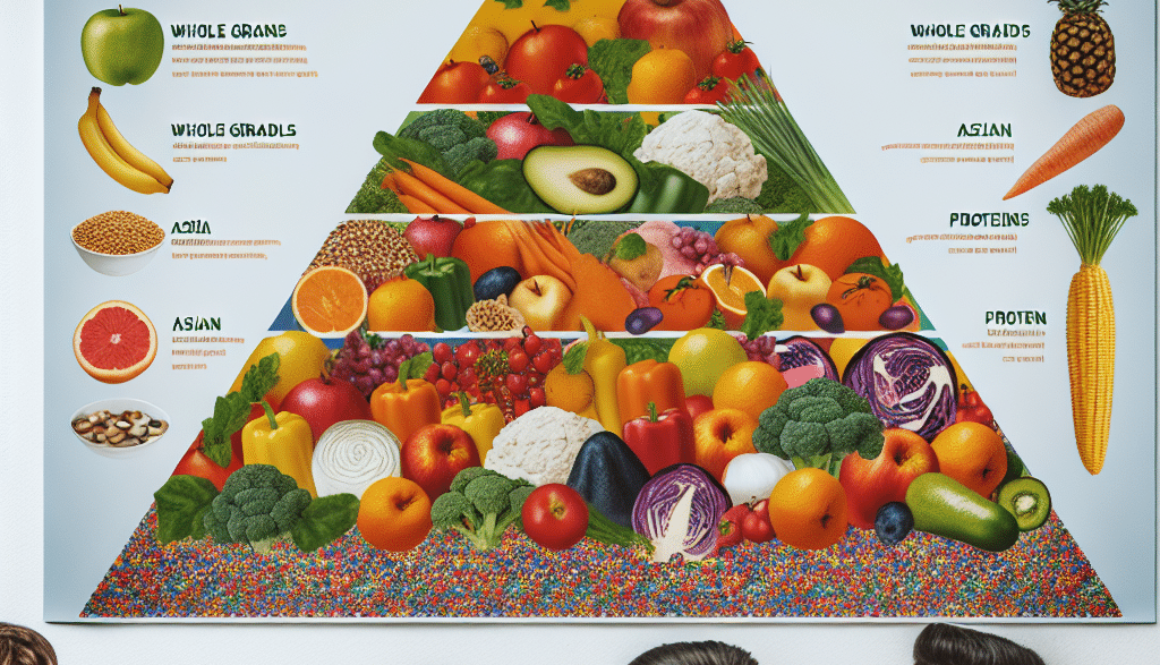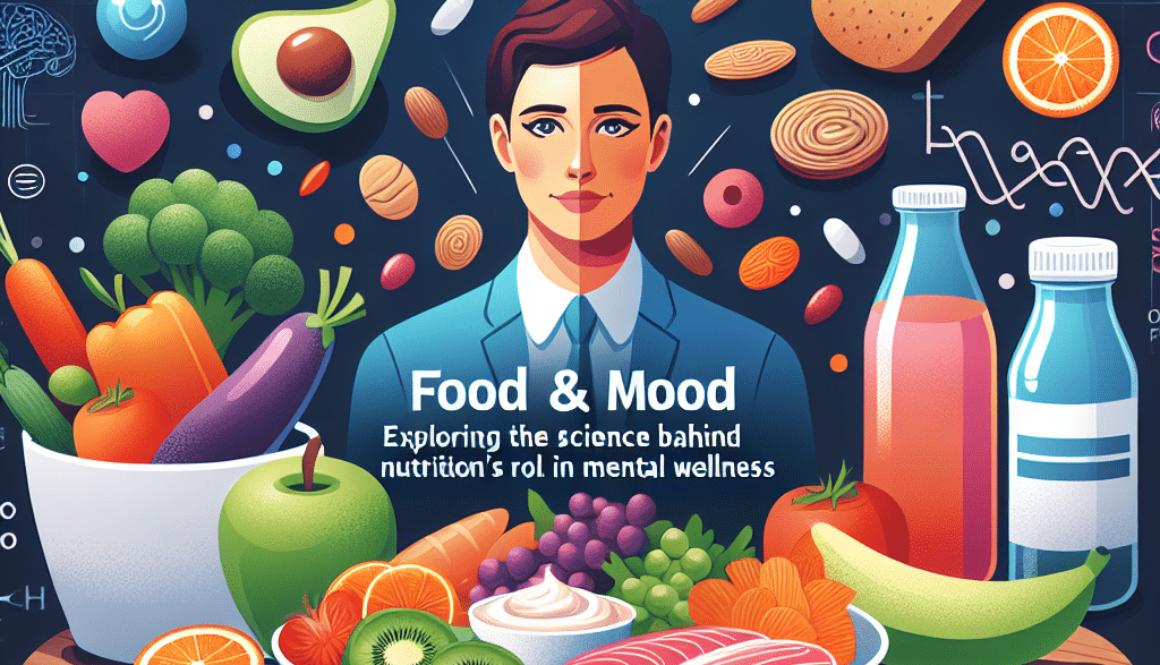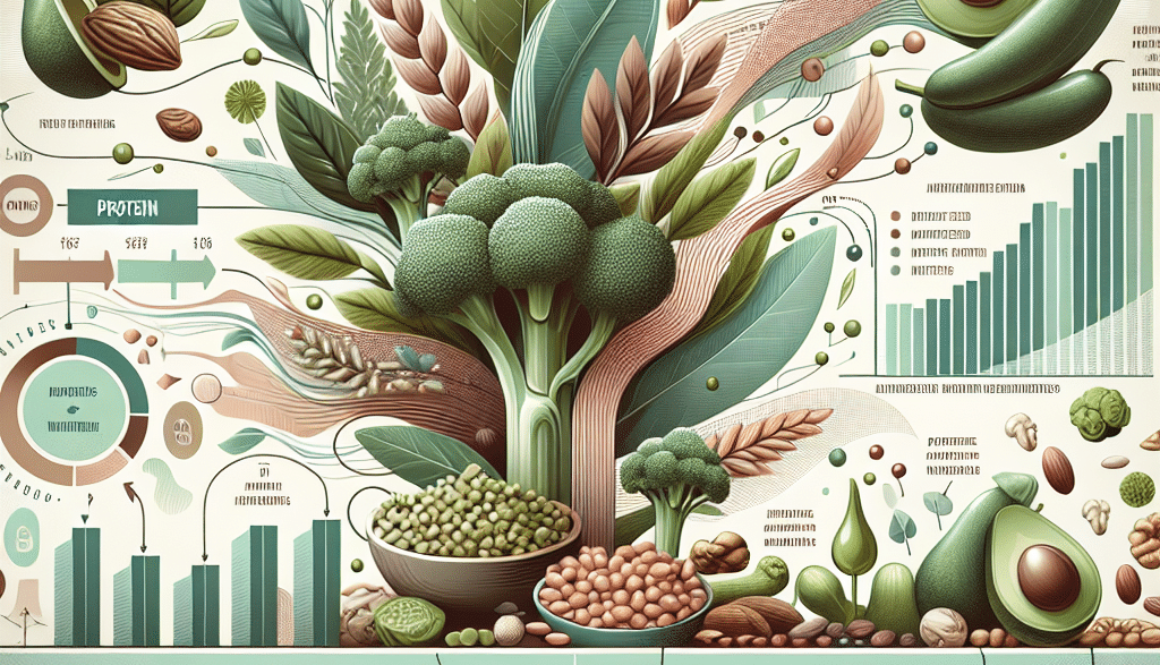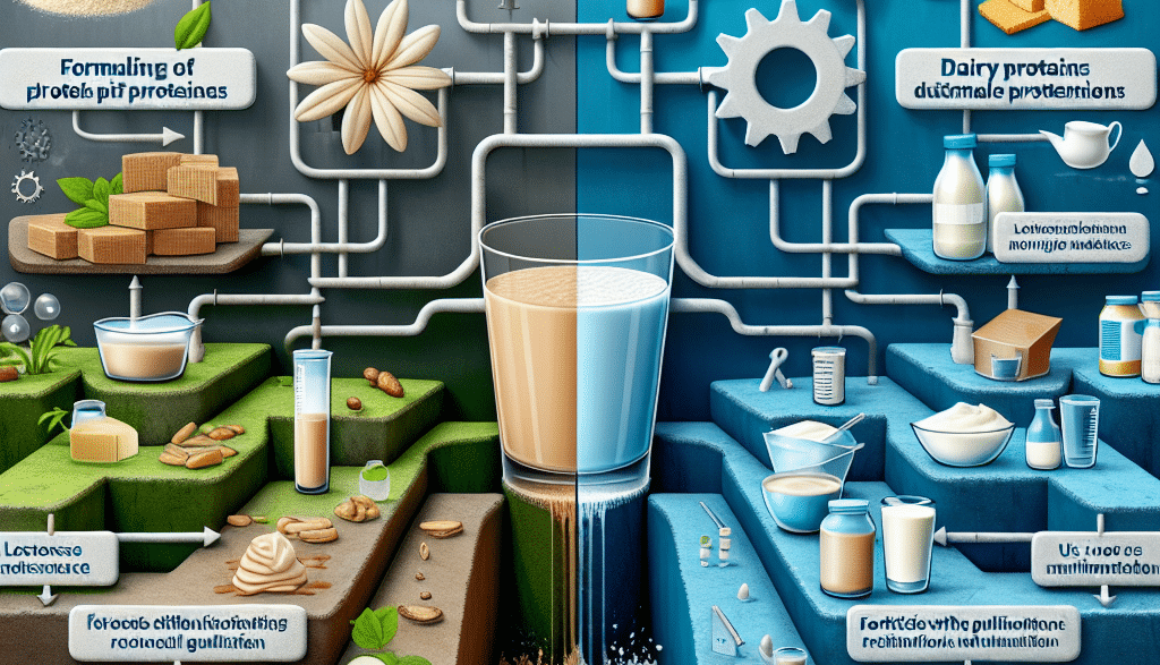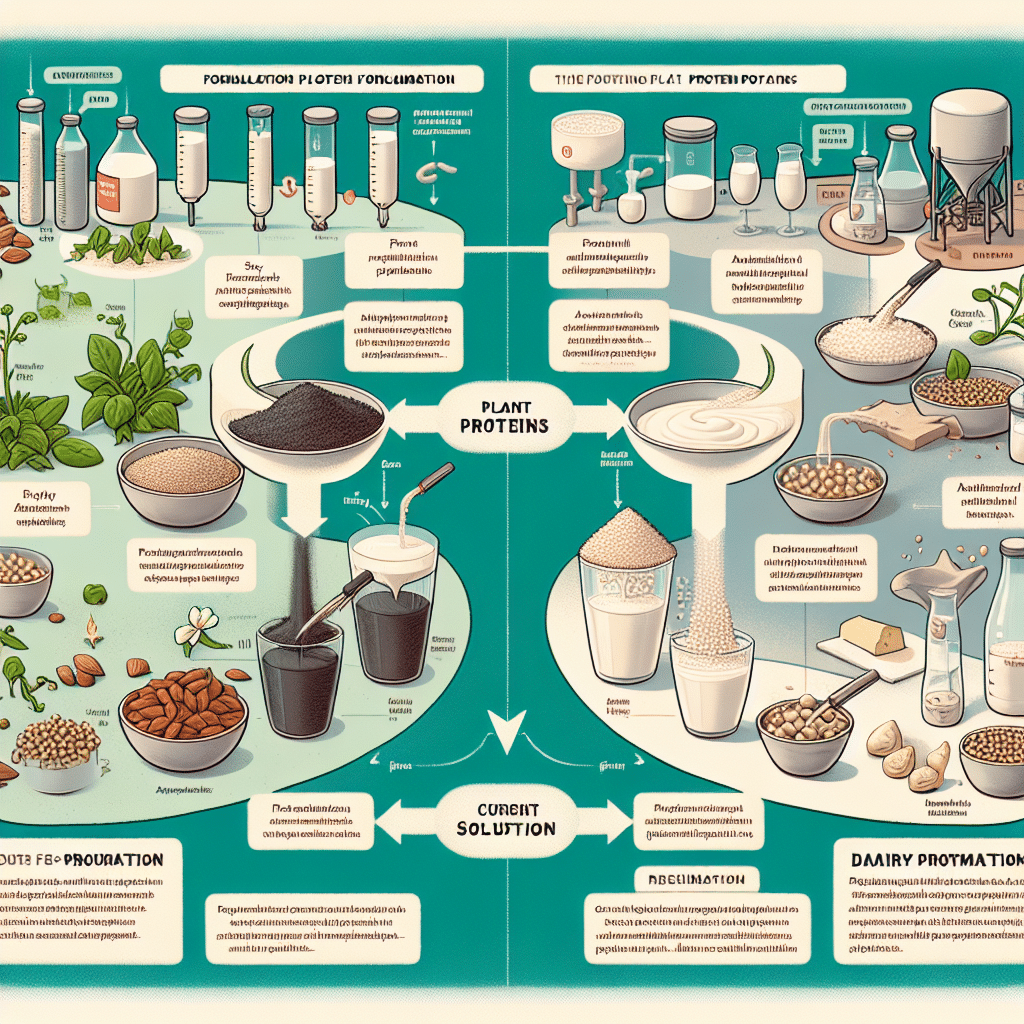Eradicating World Hunger: A Community-based Approach
-
Table of Contents
- Eradicating World Hunger Through Community-Based Initiatives
- The Current State of World Hunger
- Understanding Community-Based Approaches
- Case Studies of Success
- Key Components of Effective Community-Based Strategies
- Challenges and Considerations
- Conclusion: The Path Forward
- Enhance Your Nutrition with ETChem’s Protein Products
Eradicating World Hunger Through Community-Based Initiatives
World hunger is a persistent crisis affecting millions of individuals across the globe. Despite the advancements in technology and agriculture, the challenge of ensuring food security for all remains daunting. However, a shift towards community-based approaches has shown promise in tackling this issue from the ground up. This article explores how localized strategies can contribute to the eradication of world hunger, offering insights into successful models and the role of community empowerment in achieving food security.
The Current State of World Hunger
According to the United Nations, nearly 690 million people, or 8.9% of the world population, suffer from chronic undernourishment. The causes of hunger are complex and multifaceted, including poverty, conflict, climate change, and inadequate food distribution systems. To address these challenges, a community-based approach can play a pivotal role in creating sustainable solutions tailored to the specific needs of different regions.
Understanding Community-Based Approaches
Community-based approaches to eradicating hunger involve empowering local populations to take charge of their food security. This includes supporting smallholder farmers, fostering local agricultural practices, and facilitating access to markets. By focusing on the strengths and resources available within communities, these strategies aim to build resilience and reduce dependency on external aid.
Case Studies of Success
- Participatory Agriculture in Bangladesh: In Bangladesh, participatory agricultural programs have enabled farmers to collaborate on crop selection, share resources, and access microcredit, leading to increased yields and improved food security.
- Urban Farming in Detroit: In Detroit, USA, urban farming initiatives have transformed vacant lots into productive gardens, providing fresh produce to local residents and fostering a sense of community ownership.
- Women’s Collectives in India: Women’s collectives in rural India have been instrumental in managing food banks, running community kitchens, and advocating for land rights, significantly reducing hunger in their communities.
Key Components of Effective Community-Based Strategies
For a community-based approach to be successful in eradicating hunger, several key components must be in place:
- Local Leadership: Initiatives should be led by local leaders who understand the unique challenges and opportunities within their communities.
- Capacity Building: Providing education and training to community members ensures they have the skills needed to sustain their food security efforts.
- Collaboration: Partnerships between communities, governments, NGOs, and the private sector can bring additional resources and expertise to the table.
- Adaptability: Programs must be flexible enough to adapt to changing circumstances, such as climate variability or market fluctuations.
Challenges and Considerations
While community-based approaches offer many benefits, they also face challenges. Limited access to capital, land rights issues, and the need for long-term investment are common obstacles. Additionally, ensuring that initiatives are inclusive and equitable is crucial for their sustainability.
Conclusion: The Path Forward
Eradicating world hunger requires a concerted effort that leverages the power of communities. By investing in local initiatives and supporting grassroots movements, we can create a world where everyone has access to sufficient, nutritious food. The success stories and strategies outlined in this article provide a roadmap for how community-based approaches can lead to a hunger-free future.
Enhance Your Nutrition with ETChem’s Protein Products
In the quest to combat world hunger, the role of high-quality protein cannot be overstated. ETChem’s protein products offer a sustainable and efficient way to enhance the nutritional value of food aid and community feeding programs. Their range of collagen products, including marine, fish, bovine, and chicken collagen, provides essential amino acids necessary for human health. By incorporating ETChem’s protein solutions into community-based hunger eradication programs, we can ensure that vulnerable populations receive the nutrition they need to thrive.
About ETChem:
ETChem, a reputable Chinese Collagen factory manufacturer and supplier, is renowned for producing, stocking, exporting, and delivering the highest quality collagens. They include marine collagen, fish collagen, bovine collagen, chicken collagen, type I collagen, type II collagen and type III collagen etc. Their offerings, characterized by a neutral taste, instant solubility attributes, cater to a diverse range of industries. They serve nutraceutical, pharmaceutical, cosmeceutical, veterinary, as well as food and beverage finished product distributors, traders, and manufacturers across Europe, USA, Canada, Australia, Thailand, Japan, Korea, Brazil, and Chile, among others.
ETChem specialization includes exporting and delivering tailor-made collagen powder and finished collagen nutritional supplements. Their extensive product range covers sectors like Food and Beverage, Sports Nutrition, Weight Management, Dietary Supplements, Health and Wellness Products, ensuring comprehensive solutions to meet all your protein needs.
As a trusted company by leading global food and beverage brands and Fortune 500 companies, ETChem reinforces China’s reputation in the global arena. For more information or to sample their products, please contact them and email karen(at)et-chem.com today.

